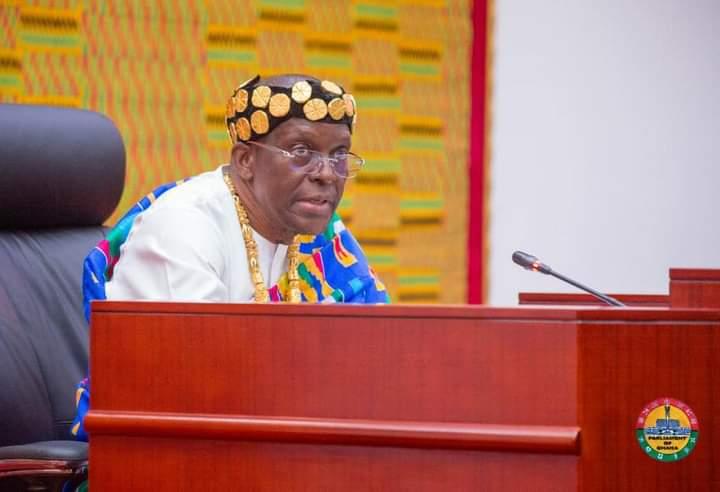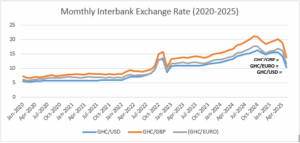
By Joshua AMLANU & Ebenezer NJOKU
The Bank of Ghana (BoG) has reported a marked increase in its expenditure on printing the cedi – both notes and coins – with costs rising 47 percent year-on-year to GH¢986.88 million for the year ending December 31, 2024.
This marks a sharp rise from GH¢354.53million in 2023, highlighting the growing operational pressures faced by the central bank within the context of an expanding monetary base and inflationary pressures.
The rise in printing costs comes as the bank continues to manage a delicate balance between providing sufficient liquidity for the economy and maintaining fiscal stability. Despite an ongoing push toward financial digitisation, including rollout of the e-Cedi, cash remains a vital part of the economy – particularly in the largely cash-based informal sector.
Analysts believe the increase in currency printing expenses is linked to several factors including heightened demand for physical cash, a trend that has intensified in the face of economic uncertainty and rising inflation.
In its final summary of macroeconomic and financial data for 2024, BoG reported a notable increase in the volume of currency outside banks, which grew by 70.5 percent from GH¢37.6billion in December 2023 to GH¢64.1billion by December 2024.
This surge in demand for cash has been coupled with a 38.2 percent increase in narrow money (M1), which includes both currency outside the banks and demand deposits.
Economists suggest that this increase in cash demand is a natural response to inflationary pressures and a general preference for liquidity during times of economic volatility.
The surge in cost of printing cedi notes also coincides with broader trends in the bank’s monetary policy. Reserve money, which includes currency in circulation and commercial banks’ deposits with BoG, increased by 47.8 percent year-on-year – reaching GH¢130.5billion by December 2024.
This growth in reserve money was driven by the implementation of a dynamic cash reserve ratio (CRR) policy, which required commercial banks to hold higher reserves with the central bank.
Additionally, the growth in broad money (M2) stood at 33.7 percent, rising from GH¢185.4billion in December 2023 to GH¢247.8billion in 2024.
However, the growth in currency holdings – evidenced by the 70.5 percent increase in currency outside banks – outpaced growth in other monetary aggregates, pointing to a shift in the public’s preference for cash over other forms of financial assets.
The rapid increase in cash demand amid inflationary pressures is reflective of wider macroeconomic trends.
BoG’s increased expenditure on currency printing comes at a time when the central bank is still grappling with negative equity. As of December 2024, BoG’s equity stood at a negative GH¢61.32billion; largely due to impairments from the 2023 Domestic Debt Exchange Programme (DDEP).
While the rise in currency printing cost does not directly affect the bank’s overall profitability, it remains a significant operational expense. BoG’s currency issuance mandate includes ensuring an adequate supply of high-quality banknotes across the country – and this remains a critical task in a predominantly cash-based economy.
However, as Ghana increasingly shifts toward a digital economy, particularly with ongoing development of the e-Cedi, demand for physical cash is expected to change gradually over time.
The post Cost of printing cedi jumps 47% in 2024 appeared first on The Business & Financial Times.
Read Full Story















Facebook
Twitter
Pinterest
Instagram
Google+
YouTube
LinkedIn
RSS